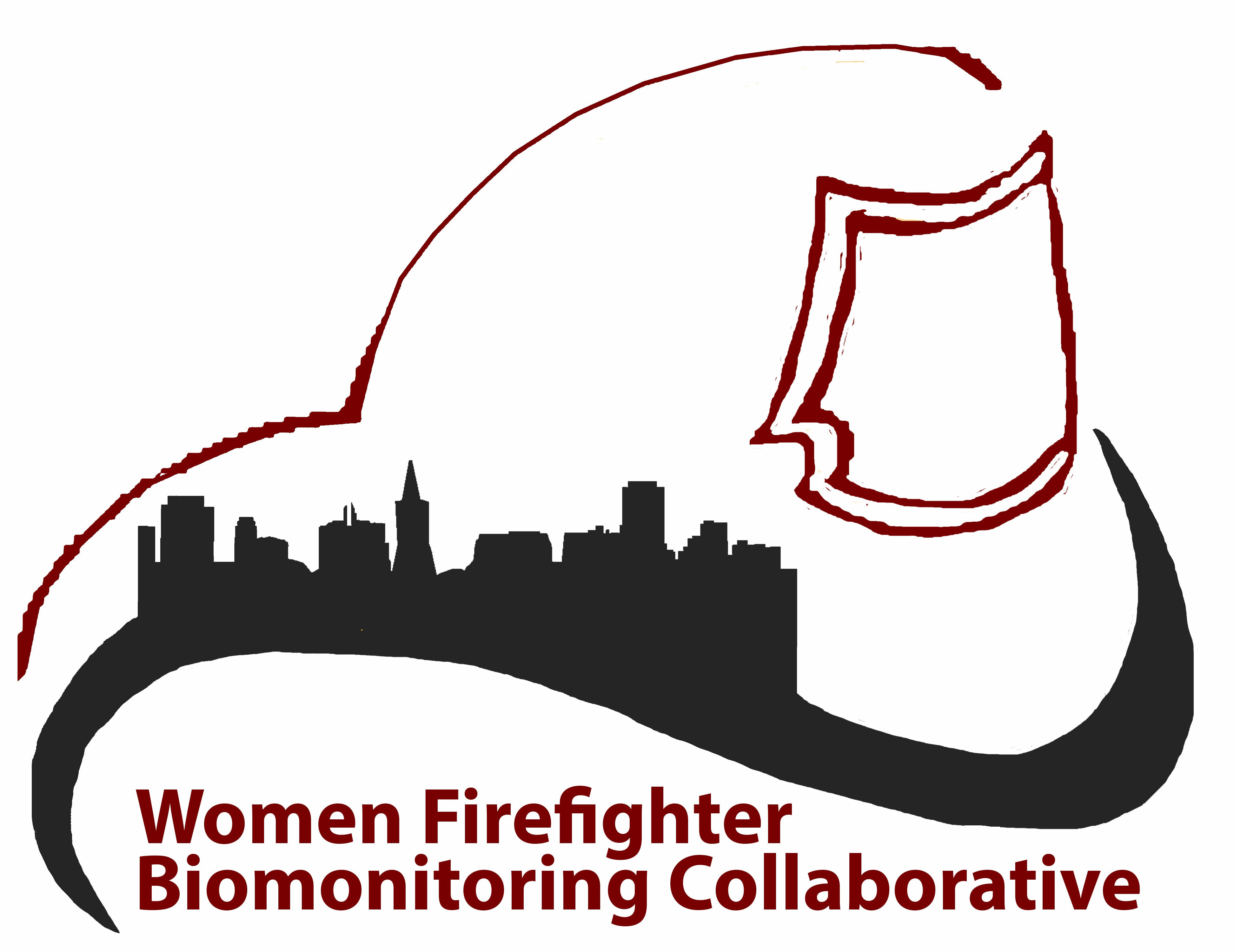About the Study
The Women Firefighters Biomonitoring Collaborative Study will examine exposures to chemicals linked to breast cancer, including carcinogens and chemicals that disrupt the body’s normal hormone function. The study will compare exposures in San Francisco women firefighters to women working in other city services. Because the San Francisco Fire Department has one of the largest populations of women firefighters (approximately 225) in the nation, it is the ideal fire service for this study.
We will measure levels of specific chemicals that firefighters and scientists have identified as exposures of concern, including products of combustion and diesel exhaust, flame retardants, and perfluorinated chemicals. In addition, we will use an innovative method (called Time of Flight) to test for the presence of unanticipated exposures by comparing blood samples from firefighters and office workers. Time of Flight technology is a non-specific technique that scans the sample for chemicals based on their molecular weight; and therefore allows for the detection of chemicals that were not known or predicted to be elevated. As a result, the project will apply one of the newest tools available for biomonitoring.
We will evaluate melatonin levels, which are associated with shift work, and telomere length, which indicates cell aging.
The project team is committed to top-notch science alongside a dedicated effort to engage the community in the research. Further, we want to ensure the study findings are communicated both to study participants and to a wide audience and that the findings ultimately serve to protect the health of those who serve their communities.
Why are we doing it?
The San Francisco Firefighters Cancer Prevention Foundation approached the United Fire Service Women and environmental health advocates in 2012 with concerns about multiple cases of premenopausal breast cancer among their ranks. Together, these groups discussed the need to understand breast cancer risk factors among women firefighters, particularly with regard to chemical exposures on the job. This evolved into a study, led by researchers at UC-Berkeley and the Silent Spring Institute, to test the blood and urine of firefighters for chemical exposures and indicators of physiological changes.
To our knowledge, this is the first study of women firefighters to assess chemical exposures, including exposure to chemicals linked to breast cancer. This study would address the San Francisco firefighters’ concerns about breast cancer and add to the knowledge about women’s occupational exposures in general, an area which has been dramatically understudied.

